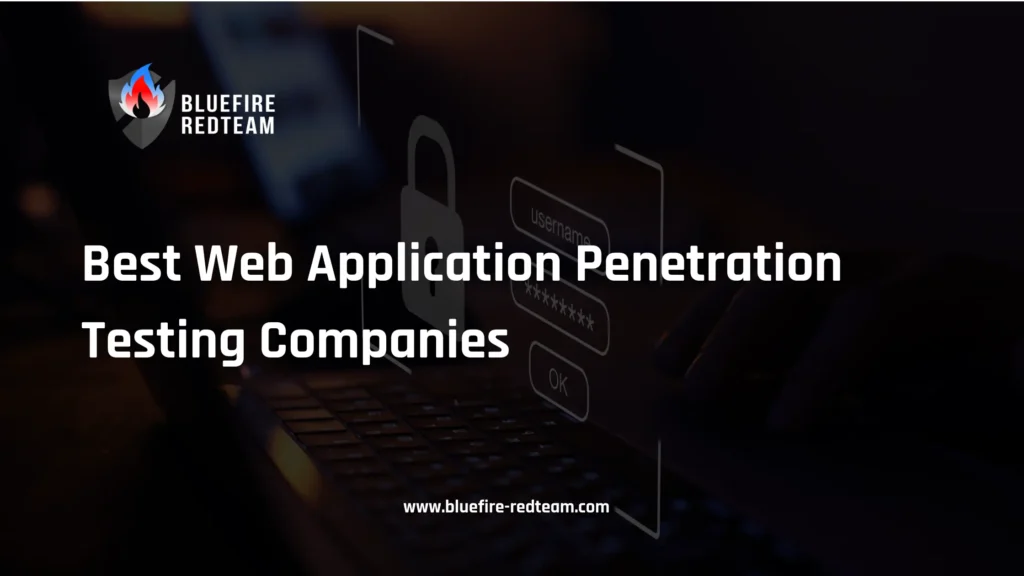Introduction
Web applications are the backbone of the digital economy — but they also remain one of the most targeted attack surfaces. The stakes are extremely high in 2025 due to a combination of sophisticated attackers exploiting vulnerabilities and regulatory and compliance pressures (such as PCI DSS, HIPAA, SOC 2, and GDPR).
You’re probably in the assessment stage when you look for web application penetration testing firms. In addition to identifying low-hanging issues, you want a vendor who can help you take action, map findings to business risk, and simulate real-world threats.
The top web application penetration testing firms for 2025 are listed below. Certifications, methodology, reporting quality, industry specialisation, and client reputation were the criteria we used to evaluate them.
How We Chose the Top Providers
Criteria used:
- Certifications & accreditations (OSCP, OSWE, CREST, GIAC, etc.)
- Depth of manual testing and realism in methodology (beyond automated scanning)
- Quality & clarity of reports (actionable, business-risk-focused)
- Industry verticals served (fintech, SaaS, healthcare, government, etc.)
- Aftercare: remediation guidance, retesting, consultation
- Reputation: client testimonials, case studies, recognition in research or awards
Top Web Application Penetration Testing Companies (2025)
1. Bluefire Redteam – Our Top Pick for Real-World Adversary Simulation
- Strengths: Custom attack chains, deep manual exploitation, focus on business logic vulnerabilities, strong compliance / regulatory experience.
- Industries served: SaaS, FinTech, Healthcare, Enterprises needing robust resilience.
- Certifications & Methodology: (Insert actual Bluefire certifications here) — Methodology includes OWASP Top-10, custom threat modeling, adversarial red teaming.
- Why choose Bluefire: If you want more than just scan reports, but realistic threat-level testing and help in closing gaps.

Get an instant quote!
2. Software Secured
Web, mobile, API, cloud, code review; good for SaaS, FinTech, HealthTech. Strong with compliance-driven teams.
3. BreachLock
Scalable, compliance-ready testing for SMEs and Enterprises; good for when you need coverage across web, mobile, and APIs.
4. NetSPI
Enterprises, government, healthcare verticals; depth in web, mobile, APIs, red team exercises.
5. Indusface WAS
Focus on web app & API security, compliance support; good for retail, BFSI, midsize tech companies.
Comparison Table
Here’s a side-by-side comparison to help you choose:
| Vendor | Best For | Industries Served | Depth of Manual Testing / Red Team | Pricing Transparency & Speed | Ideal Use Case |
|---|---|---|---|---|---|
| Bluefire Redteam | High-risk, high-consequence web apps needing strong adversarial simulation | SaaS, FinTech, Healthcare, Enterprise | Very Deep Manual + Red Team | Custom scope; likely premium cost, strong value | Organizations that need solid, customized defense and risk clarity |
| Software Secured | SaaS startups, scale-ups, compliance-driven projects | SaaS, FinTech, HealthTech | Strong Manual + API & Cloud | Moderate to high; good turnaround | Agile teams, early-stage requiring good security posture |
| BreachLock | SMEs/Enterprises wanting broad coverage & compliance | Regulated sectors, web/mobile & APIs | Balanced manual + automation | Faster; scalable pricing | When you need full coverage but also cost controls |
| NetSPI | Large, regulated orgs, complex application ecosystems | Government, Healthcare, Finance | Very Deep; established red teaming | Higher cost; more rigorous process | Big-budget / high-risk apps |
| Indusface WAS | Web/API-centric apps, mid-market, cost sensitivity | BFSI, Retail, Tech, SMEs | Good manual for apps; less red team-heavy | More transparent; faster delivery | Midsize companies needing solid security without extreme costs |
How to Choose the Right Partner
Here are important decision points & questions to ask, to select the vendor that matches your risk appetite and business context:
- Scope & Complexity: How many apps / APIs, tech stack complexity (microservices, cloud, hybrid)?
- Depth vs Speed: Do you need quick scans + reports, or deep manual + red team realism?
- Industry & Compliance: Do you operate under strict rules (PCI, HIPAA, financial regulation)?
- Reporting & Remediation: Will the vendor help you not just find but fix issues (priority ranking, remediation guidance)?
- After-test Engagement: Retesting, validation of fixes, support vs handoff.
- Budget & ROI: Balance what you spend vs what you gain (e.g. preventing breach / compliance fines).
Why Bluefire Redteam is The #1 Pick
In a recent web application penetration testing for a customer we identified a critical SQL Injection Vulnerability. Read more.
Bluefire stands out because of:
- Real adversary mindset: not just automated scans, but red teaming, dependence on logic bugs, and chained exploits.
- Custom scoped engagements: tailored to your business’s threat model and tech stack.
- Strong regulation and vertical experience: FinTech, Health, SaaS.
- Post-assessment value: reports + remediation guidance + retesting.
If your goal is not just a report, but true security confidence, Bluefire is positioned to deliver that.
FAQ – Web Application Penetration Testing
- What is web application penetration testing?Web application penetration testing is a simulated cyberattack on a web app to find and exploit vulnerabilities before real attackers do. It identifies flaws like SQL injection, XSS, CSRF, authentication bypass, and logic errors.
- Why is web application penetration testing important?
It helps prevent data breaches, ensures compliance with standards like PCI DSS, HIPAA, and SOC 2, and protects brand reputation by proactively addressing security weaknesses.
- How often should I perform web application penetration testing?
At least once per year, and after any major code changes, new feature releases, or security incidents.
- How long does a web application penetration test take?A typical assessment lasts 5–15 business days, depending on application complexity, number of user roles, and testing depth.
- How much does web application penetration testing cost?Prices range from $5,000 to $50,000+ based on scope, size, and industry compliance requirements.
- Does penetration testing disrupt normal operations?No — ethical testers follow safe procedures that won’t damage systems or interrupt regular business activities.
- What’s the difference between web application penetration testing and vulnerability scanning?Vulnerability scanning is automated and finds known weaknesses, while penetration testing uses manual techniques to exploit vulnerabilities, uncover logic flaws, and validate real-world risk.
- Who should conduct my web application penetration testing?Choose certified professionals (OSCP, CREST, GPEN) with proven industry experience and a track record of thorough reporting and remediation support.
- How much does web application penetration testing cost?Pricing usually ranges from $2,000 to $20,000+ depending on the number of applications, complexity, compliance requirements, and whether manual testing is included.
Conclusion
Web application vulnerabilities aren’t going away — if anything, they are growing in importance. Choosing the right penetration testing company can protect not just data, but reputation, legal standing, and operational continuity.
If you want a partner who goes beyond checkboxes, who simulates real attackers, and gives you actionable, business-risk centric findings, Bluefire Redteam is at the top of the list in 2025.
👉 Ready to evaluate your application’s risk? Book your FREE Web App Pentest Scoping Call with Bluefire Redteam


